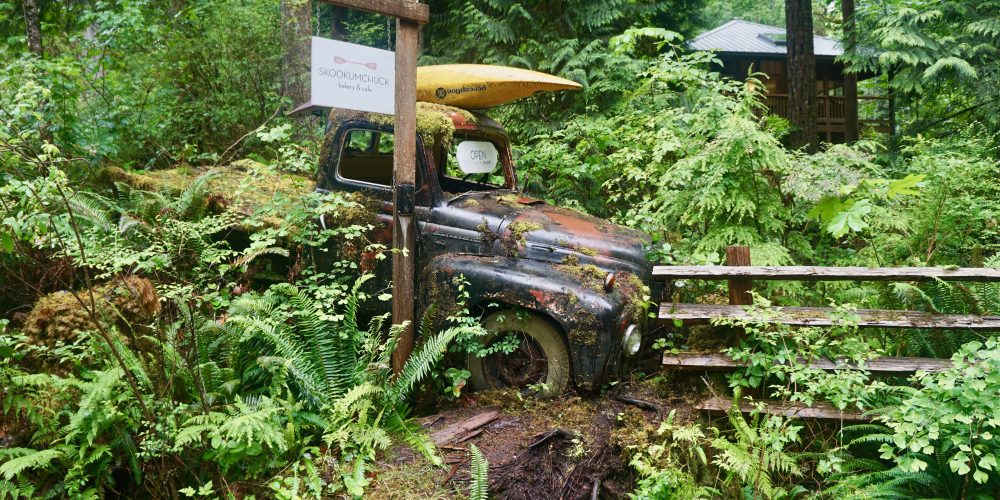As the final week of class comes to a close, we wanted to pass along a few end-of-term reminders.
On Thursday, we’ll wrap up the term with presentations from the following groups:
Northeast False Creek A, Northeast False Creek B, and Arbutus A.
Peer review will be provided by members of UBC Hospital C, Arbutus B, and Arbutus C; any students who have not yet had a chance to serve as a peer reviewer should join one of these panels to ensure they receive credit for this component of the course.
On a related note, please ensure that you have posted at least one question and one comment to this site by Wednesday, April 12 at 4 p.m. to meet the requirements for blog participation.
Finally, if you’d prefer to hand in a hard copy of Assignment 3, you can do so during the final class session. Please make sure that it is a single package that includes print-outs of your two group and two individual slides along with the brief narrative (one to two pages) in support of your individual component. If possible, please also include a short statement about your role in the group and your assessment of your fellow project members.
Alternately, a single PDF package containing all of these items can be submitted via e-mail to Sara Fryer Barron by 4 p.m. on Wednesday, April 12.
Looking forward to our last time together in class!
